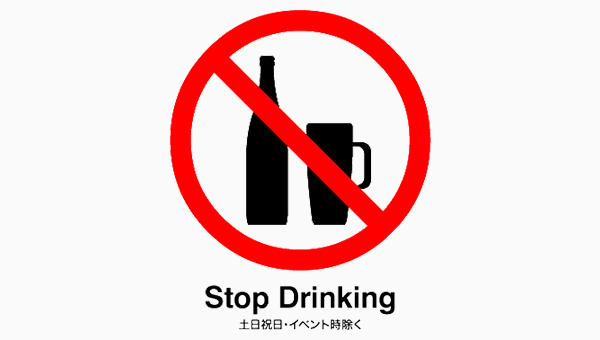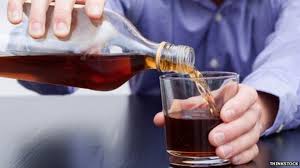Workstation alcoholism and addiction

Workstation alcoholism and addiction is not good for any economy and timely solution is very important
Workstation alcoholism and addiction: Lose of production
Previously while addressing workplace addiction, we saw that premature death, accidents, injuries, and absenteeism are some of the demerits of workplace addiction, we want to conclude that by looking at how workstation alcoholism affects the productivity of the organization and possible solutions. There is no doubt that all businesses will only be effective and profitable when their productivity is in shape. Only effective and competent sober workforce will deliver. Alcohol consumption is the enemy for any meaningful business. The funny thing is that even those firms producing these alcohols also need their personnel to be sober while at work. A drunken workforce is a liability for any business. Speaking to doctor Dalal Akoury MD, President, and founder of AWAREmed health and wellness resource center, workstation alcoholism is just one problem, we so many other problems which are associated with alcohol consumption at work including:
- Tardiness and sleeping on the job
- Theft
- Poor decision making by the personnel
- Loss of efficiency and accuracy
- Lower morale of colleagues who are not drinking
- Increased likelihood of having trouble with colleagues, supervisors or tasks
- Higher staff turnover
- Training of new employees
- Disciplinary procedures
Problems of alcoholism can affect any industry and any organization in discriminatively, however, this problem may be very prevalent certain industries like:
- Foodservice
- Construction
- Mining and Drilling
- Excavation
- Installation, maintenance, and repair
Two specific kinds of drinking behavior significantly contribute to the level of work-performance problems: drinking right before or during working hours (including drinking at lunch and at company functions), and heavy drinking the night before that causes hangovers during work the next day.
And it isn’t just alcoholics who can generate problems in the workplace. Research has shown that the majority of alcohol-related work-performance problems are associated with nondependent drinkers who may ones in a while drink too much not exclusively by alcohol-dependent employees. In addition, family members living with someone’s alcoholism also suffer significant job performance related problems- including poor job performance, lack of focus, absenteeism, increased health-related problems and use of health insurance
Workstation alcoholism and addiction: Solutions to workplace addiction
The employers need to establish an Employee Assistance Program (EAP) in their work systems. This has been found to be effective in address alcohol and drug problems in the workplace. This way, employees and their family members are provided referrals to community resources and services. Many people face a host of difficulties closely associated with problem drinking, and these problems quite often spill into the workplace. By encouraging and supporting treatment, employers can significantly help in reducing the negative impact of alcoholism in the workplace as well as reducing their costs of operations.
Finally, alcohol treatment improves an individual’s functionalities leading to increased productivity at work. We must invest in prevention and treatment adequately not just by safeguarding our effectiveness in workplaces but to the economy of our nations. The full involvement of addiction experts will be very essential and if you are a manager in an organization where this is a problem, you can contact AWAREmed Health and Wellness Resource Center to help in addressing workstation alcoholism professionally for the betterment of your staff health and enhanced productivity.
Workstation alcoholism and addiction: Lose of production
http://regenerativepotential.com/wp-admin








